My Experience as an AMCC Intern
By Julia Beaty 2010
I was drawn to Alaska for many reasons, not the least of which was adventure. Alaska was this great faraway place that I knew very little about. My family kept telling me that I would be “eaten by a bear,” but I think they didn’t want me to move so far away from New England.
Less than two weeks after graduating from Smith College with a bachelor’s degree in Biology, and a strong interest in marine science and conservation, I moved to Alaska for the ACF intern position. I was thrilled about my summer placement with the Alaska Marine Conservation Council (AMCC) because of their unique focus on people. AMCC is made up of and supported by commercial, sports and subsistence fishermen and women, and residents of coastal communities. The organization plays an important–and necessary–role in the conservation community, operating at the intersection of human needs and the environment. These people have a strong need for effective conservation because their livelihoods depend so heavily on intact marine ecosystems.

Since joining AMCC last June, I have worked mainly with our Bering Sea program. Our goal is to help the Bering Sea Elders Group establish protection from destructive fishing practices that threaten traditional ways of life and survival. I had the opportunity to learn GIS skills, and have been creating maps of important subsistence hunting and fishing areas in the northern Bering Sea.
Thanks to the generous support of ACF, I was able to extend my internship with AMCC through the fall, and now I am a full-time employee.
I’m still not quite sure in what direction I will eventually steer my career, but my time with AMCC has helped me to further develop my strong interest in working with communities that depend on the marine environment. I believe that the needs of people must be taken into account in order for conservation solutions to be successful. With AMCC I am gaining first hand experience in how this sort of conservation can be successfully achieved.
I am incredibly grateful to ACF and AMCC for the opportunity to gain such valuable experience at such an early point in my career, which would not have been possible without the help of ACF.
Julia’s contribution to the Alaska Marine Conservation Council (AMCC) and the Bering Sea Elders Advisory Group project has resulted in scientific data and mapping of critical subsistence fishing areas in the Bering Sea. This vital research will be utilized in a proposal to the North Pacific Fishery Management Council to advocate for protecting the northern Bering Sea from bottom trawling as warming waters, due to climate change, drive commercially valuable fish farther north.
(Julia is now studying Marine Biology and Marine Policy at the University of Maine. Her mapping work is now featured in “The Bering Sea: Our Way Of Life.” )


